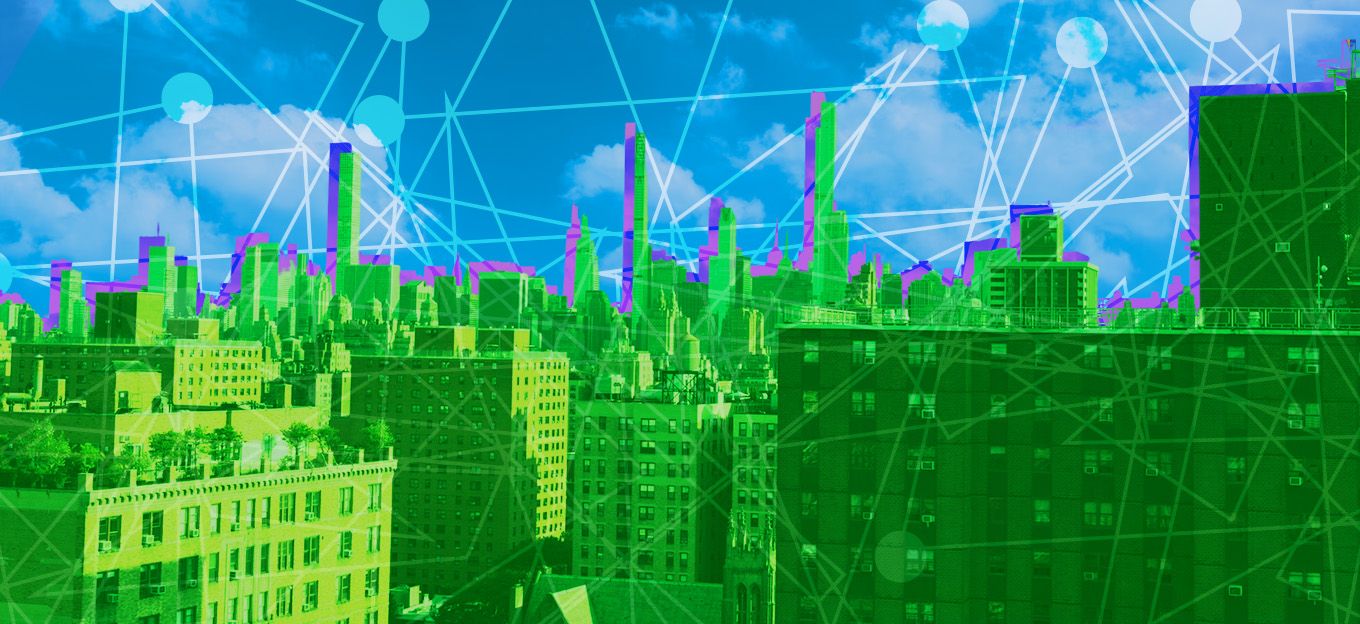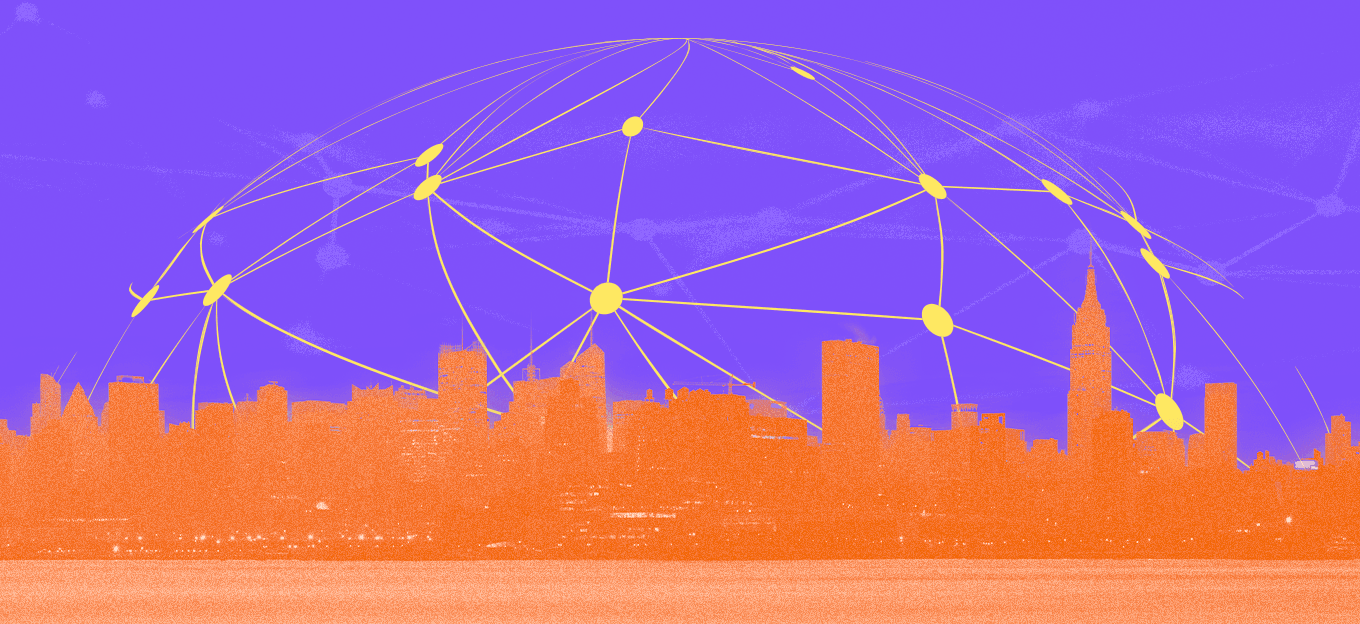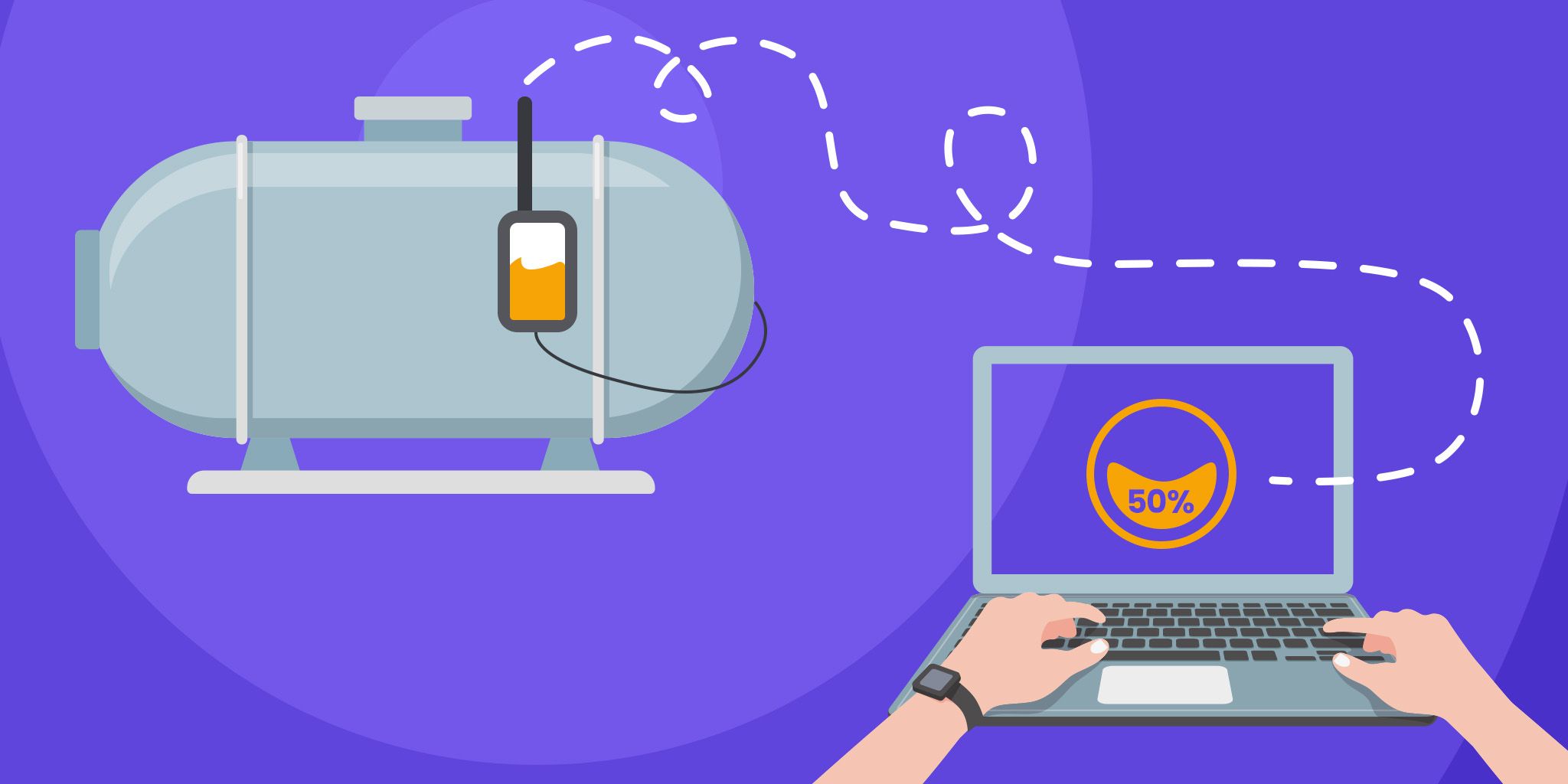Transforming IoT with Energy Harvesting
Transforming IoT with Energy Harvesting
- Last Updated: December 2, 2024
Atmosic Technologies
- Last Updated: December 2, 2024



Internet of Things (IoT) has revolutionized several industries, opening up new avenues for innovation and economic growth. However, this new era of connectivity has also created a serious battery problem. Billions of batteries are getting thrown out each year, contaminating landfills around the world.
The first step to enabling energy harvesting is to create an ultra-low power connectivity solution. If a device can operate on harvested energy alone, the need for charging or a permanent power cord is eliminated. By combining wireless technology and energy harvesting solutions, true wireless – as in no power cord needed – is a possibility for edge IoT devices.
Energy harvesting technology can help make healthcare, hospitality, retail, smart home, and sports more efficient and sustainable.
So, where can this technology be implemented in the day-to-day world? This article will examine five industries – healthcare, hospitality, retail, smart home, and sports – that energy harvesting technology can help make more efficient and sustainable.
Healthcare
A continuous glucose monitor (CGM) is one type of healthcare wearable perfect for energy harvesting technology. While traditional CGMs need to be charged regularly since they are in constant use, energy harvesting means that users no longer have to worry about constantly charging their CGMs. Plus, Bluetooth 5 wireless solutions open up the possibility for remote monitoring, with four times the range of previous Bluetooth generations. This means that doctors can more easily monitor their patients, or parents can monitor their children anytime, anywhere via a browser or smartphone application.
Hospitality
Most hotels use door card readers that are battery-powered. While this offers several advantages (such as the ability to operate even during a power outage), replacing batteries in the hundreds or even thousands of door card readers in a hotel is extremely time-intensive and expensive. Using Bluetooth 5 devices with energy harvesting technology cuts down on maintenance time and total cost of ownership, in additi and hotels’ green initiatives.
Retail
Paper tags will soon become a thing of the past as retailers turn to programmable electronic shelf labels (ESLs) and other digital signage. One big benefit of electric signage is that updates can automatically be applied across all products. Still, the downside is that many of these devices are battery-operated, creating a headache when it comes time to swap out the batteries for every ESL in a store. Controlled energy harvesting enables retailers to set up Bluetooth 5 ESLs effortlessly, without worrying about maintenance time down the road – in addition to the cost savings of not having to replace batteries constantly.
Smart Home
Our homes are filled with connected devices, including wearables, smartwatches, fitness trackers, and gaming devices, to name a few. Many of these devices need to be changed often, while others use batteries that need to be charged anywhere from every few months to every few years. With energy harvesting, these connected devices would run for the device's entire lifetime – saving you the time and hassle of charging your devices and replacing batteries.
Sports Venues and Factory Environments
Location devices are already popular in sports stadiums and factories and will continue to become more popular as more venues turn to energy harvesting solutions. Electronic badges, or eBadges, are another great example. Many facilities already rely on eBadges to allow people to access different parts of their buildings. As sports venues and factories update their existing systems, they will increasingly turn to Bluetooth 5 eBadges with energy harvesting technology.
These five industries represent just a small portion of the markets that will benefit from the implementation of Bluetooth 5 energy harvesting technology. As IoT continues to grow, so will the opportunities for energy harvesting and battery-free connected devices.
The Most Comprehensive IoT Newsletter for Enterprises
Showcasing the highest-quality content, resources, news, and insights from the world of the Internet of Things. Subscribe to remain informed and up-to-date.
New Podcast Episode

Moving Past the Pilot Phase in IoT and AI
Related Articles





